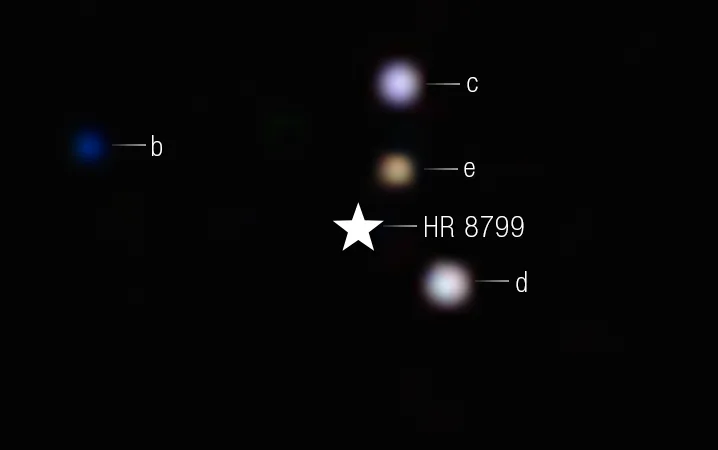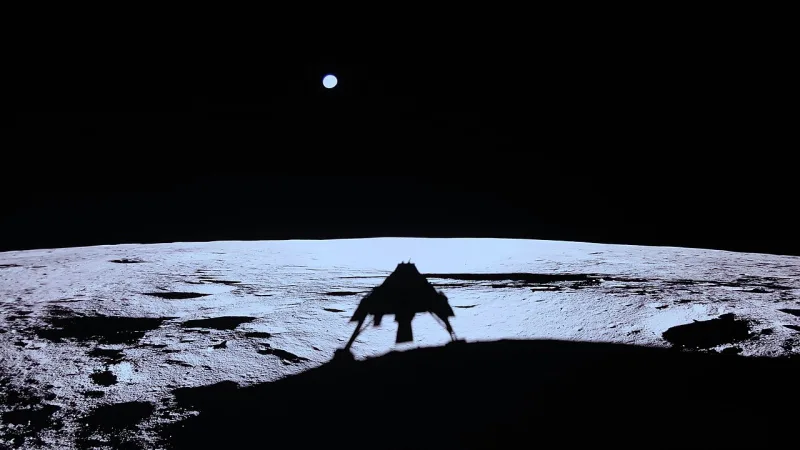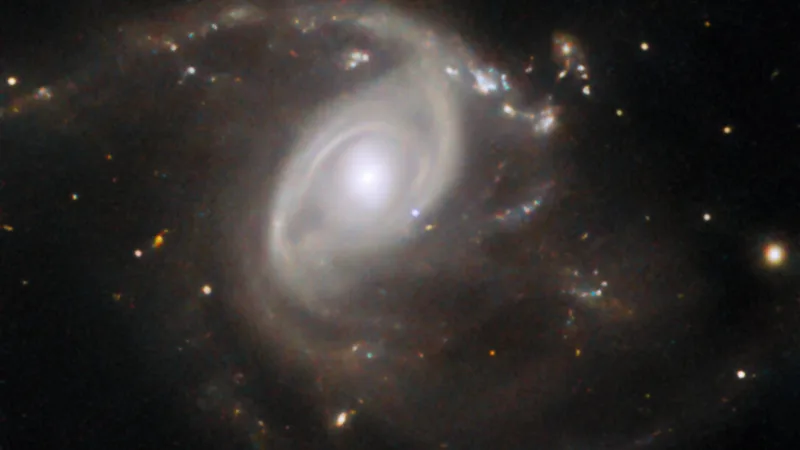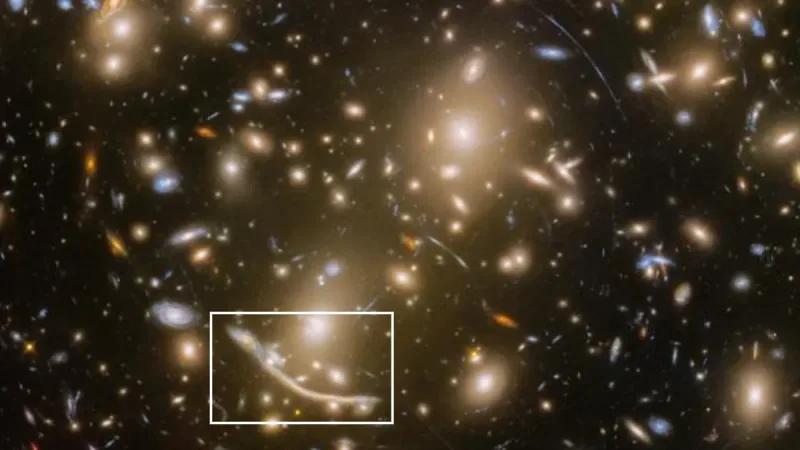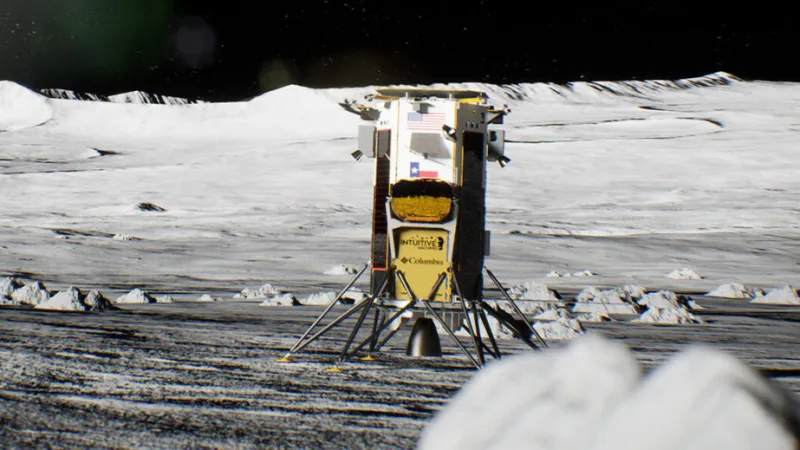JWST captures breathtaking image of Uranus’ unique ring structure

The James Webb Space Telescope has captured an incredible new image of the ice giant Uranus, displaying almost all of its faint dusty rings. NASA states that this image is a representation of the telescope’s significant sensitivity as the fainter rings were only captured previously by the Voyager 2 spacecraft and the W.M. Keck Observatory in Hawaii. Out of Uranus’ 13 known rings, 11 are visible in this image, with two faint outer rings not shown. The nine main rings are easier to capture than the other two. Both the rings are dustier and were not discovered until the Voyager 2 mission’s flyby in 1986.
Dr. Naomi Rowe-Gurney, a postdoctoral research scientist and solar system ambassador for the Webb space telescope at NASA Goddard Space Flight Center in Greenbelt, shared his thoughts. She said:
“The ring system of a planet tells us a lot about its origins and formation. Uranus is such a strange world with its sideways tilt and lack of internal heat that any clues we can get about its history are very valuable.”
Scientists are optimistic that future Webb images will be able to capture all 13 rings. That would provide more insights into Uranus’ atmospheric composition. This new data will help scientists better understand this unusual gas giant.
The telescope’s Near-Infrared Camera — NIRCam — is capable of detecting infrared light that is otherwise not visible to astronomers. Dr. Gurney further added:
“The JWST gives us the ability to look at both Uranus and Neptune in a completely new way because we have never had a telescope of this size that looks in the infrared.”
According to her, the infrared can reveal new depths and features that are difficult to see from the ground due to the atmosphere. Such depths are invisible to telescopes that look in visible light like Hubble.
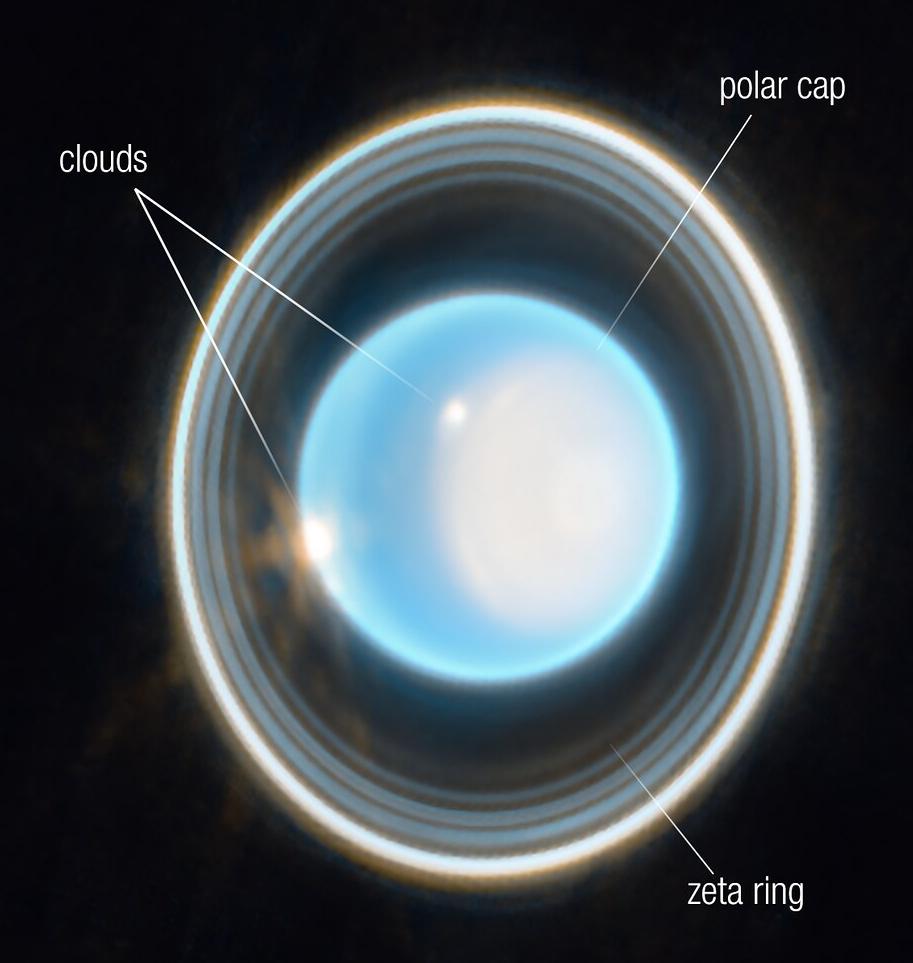
Uranus with its rings, which are not visible to the eye. photographed by JWST / NASA
Here’s more about Uranus
Uranus is a planet located 1.8 billion miles (nearly 3 billion kilometers) away from our sun. Unlike Saturn’s horizontal ring system, Uranus’ tilt causes its rings to be displayed vertically. It takes Uranus 84 years to complete a full rotation, making it unique among other planets.
NASA has previously reported a bright haze surrounding Uranus’ north pole when it is in direct sunlight during the summer. The haze seems to get brighter each year, but scientists do not yet understand the exact mechanism behind it. They are studying the polar cap using telescope images such as the new Webb image.
The original images Voyager 2 took of Uranus showed the planet as a blue ball with no features. But in this new Webb image, storm clouds can be seen at the edge of the polar cap, similar to other recent images taken by the Hubble Space Telescope. Uranus’ tilt causes extreme seasons and stormy weather, which scientists are monitoring and documenting over time by comparing telescope images.
In November, the NASA Hubble Space Telescope captured Uranus’ bright white polar cap, illuminating the growing brightness of the haze when observed in comparison with images from prior years. The new Webb image shows the polar cap in greater detail than what is shown in the Hubble image, with a subtle brightening in the cap’s center and more pronounced storm clouds that can be seen around the edges.
Wrapping up!
The National Academies of Sciences, Engineering, and Medicine identified Uranus as a priority to study in 2022. NASA is currently conducting additional studies of Uranus and has planned mo
re in Webb’s first year of science operations. The JWST is the largest and most powerful space observatory ever built; it is capable of revealing fascinating details about the universe, our solar system and its planets.
Studying Uranus and its rings can provide valuable insights into the formation and evolution of our solar system. The rings are believed to be made up of a combination of dust, rock, and ice particles, and their composition can reveal information about the planet’s history.
Read more: JWST captures breathtaking image of Uranus’ unique ring structure
